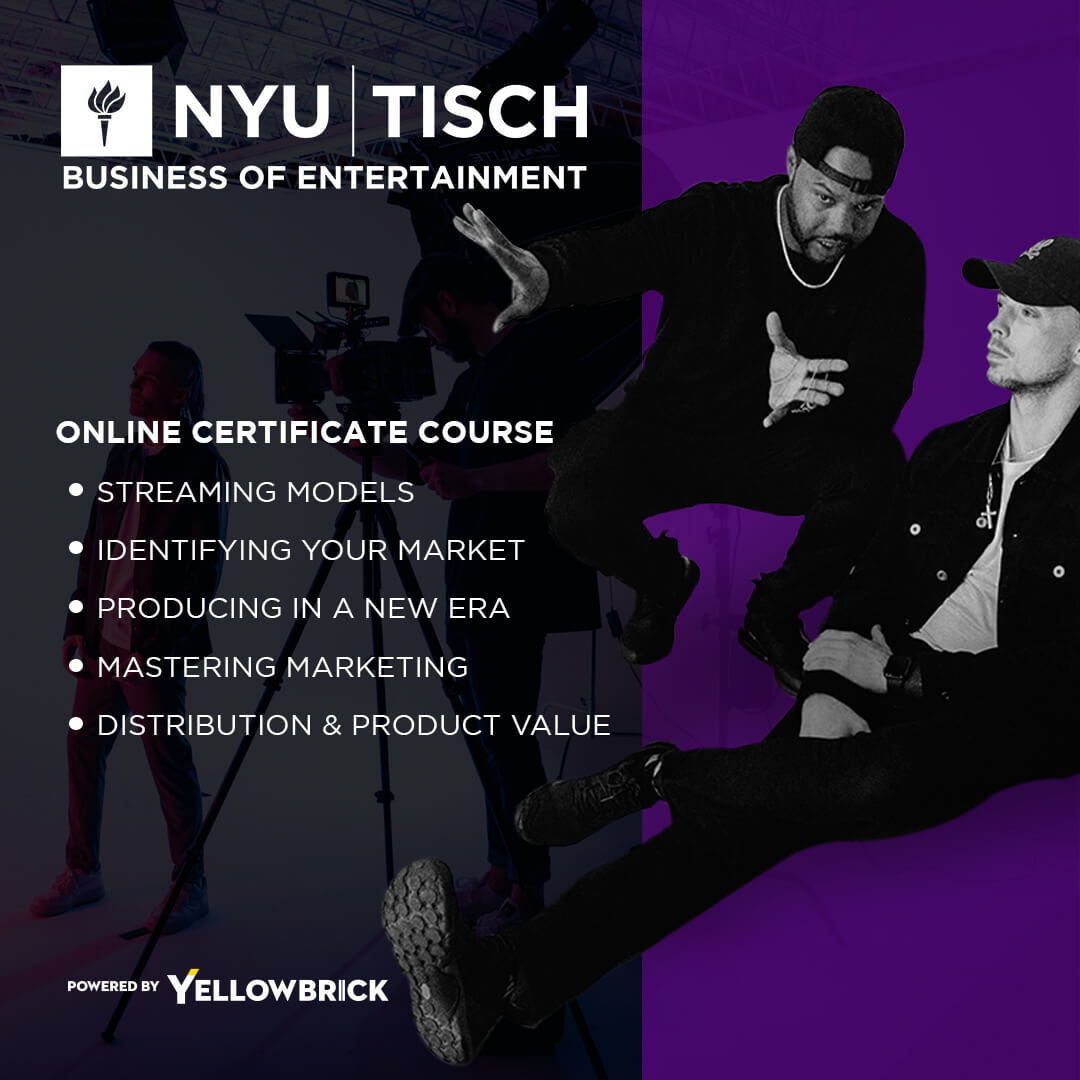The business of storytelling has become an essential aspect of modern-day marketing and communication strategies. In a world saturated with information, businesses are finding that the most effective way to cut through the noise and connect with their audience is through the power of a compelling story. Whether it’s a brand narrative, a product launch, or a social media campaign, storytelling has the ability to captivate and engage consumers on a deeper level.
The Importance of Storytelling in Business
Storytelling has been a fundamental part of human communication since the beginning of time. From ancient myths and legends to contemporary novels and films, stories have the power to resonate with people on an emotional level. In the business world, storytelling serves as a means to communicate a brand’s values, mission, and purpose. It helps create a connection between the brand and its audience by evoking emotions, building trust, and fostering a sense of community.
The Science Behind Storytelling in Business
One of the main reasons why storytelling is so effective in business is that it taps into the brain’s natural inclination for narratives. Neuroscientists have found that when we hear a story, our brains release oxytocin, a hormone that enhances empathy and trust. This biological response makes storytelling an invaluable tool for businesses looking to establish a genuine connection with their customers. By crafting a narrative that resonates with their target audience, businesses can create a lasting impression that goes beyond product features and benefits.
The Power of Storytelling to Humanize Your Brand
Moreover, storytelling has the ability to humanize brands. In today’s digital age, where consumers are bombarded with advertisements and promotional content, businesses need to find ways to stand out and differentiate themselves. By sharing authentic stories about their brand’s origin, values, and impact, businesses can create a unique identity that sets them apart from their competitors. This human-centric approach fosters a sense of loyalty and emotional connection, turning customers into brand advocates.
How Storytelling Can Drive Consumer Behavior
In addition to building brand loyalty, storytelling can also drive consumer behavior. When done effectively, stories have the power to inspire action and influence purchasing decisions. By aligning their brand narrative with the aspirations and desires of their target audience, businesses can create a sense of urgency and desire for their products or services. This emotional appeal can be the key differentiator that motivates consumers to choose one brand over another.
Key Strategies to Harness the Power of Storytelling
So, how can businesses harness the power of storytelling to drive success? Here are some key strategies to consider:
- Know your audience: Understanding your target audience is crucial when crafting a compelling story. Conduct market research, analyze consumer behavior, and identify their needs, desires, and pain points. This knowledge will help you create a story that resonates with your audience on a personal level.
- Define your brand narrative: Your brand narrative should be authentic, unique, and aligned with your brand’s values. It should communicate your brand’s purpose and mission, as well as the value it brings to customers’ lives. This narrative will serve as the foundation for all your storytelling efforts.
- Use the power of visuals: Visual content is a powerful storytelling tool. Incorporate compelling images, videos, and graphics into your storytelling strategy to enhance the emotional impact of your message. Visuals can help bring your story to life and make it more memorable.
- Engage with your audience: Storytelling is a two-way street. Encourage your audience to engage with your brand by inviting them to share their own stories and experiences. This not only creates a sense of community but also provides valuable user-generated content that can be leveraged in your marketing efforts.
- Be consistent: Consistency is key when it comes to storytelling. Ensure that your brand narrative is consistent across all touchpoints, from your website and social media channels to your customer service interactions. Consistency builds trust and reinforces your brand’s identity.
Key Takeaways
- Storytelling is an essential aspect of modern-day marketing and communication strategies.
- It helps businesses cut through the noise and connect with their audience on a deeper level.
- Storytelling taps into the brain’s natural inclination for narratives, enhancing empathy and trust.
- Authentic storytelling humanizes brands and fosters loyalty and emotional connection with customers.
- Compelling narratives can drive consumer behavior and influence purchasing decisions.
- Strategies for successful storytelling include knowing your audience, defining your brand narrative, using visuals, engaging with your audience, and maintaining consistency.
To further enhance your understanding and skills in the business of storytelling, consider taking the NYU Business of Entertainment online course and certificate program offered by Yellowbrick. This comprehensive program will provide you with valuable insights and practical knowledge to excel in the dynamic world of storytelling in the entertainment industry.




